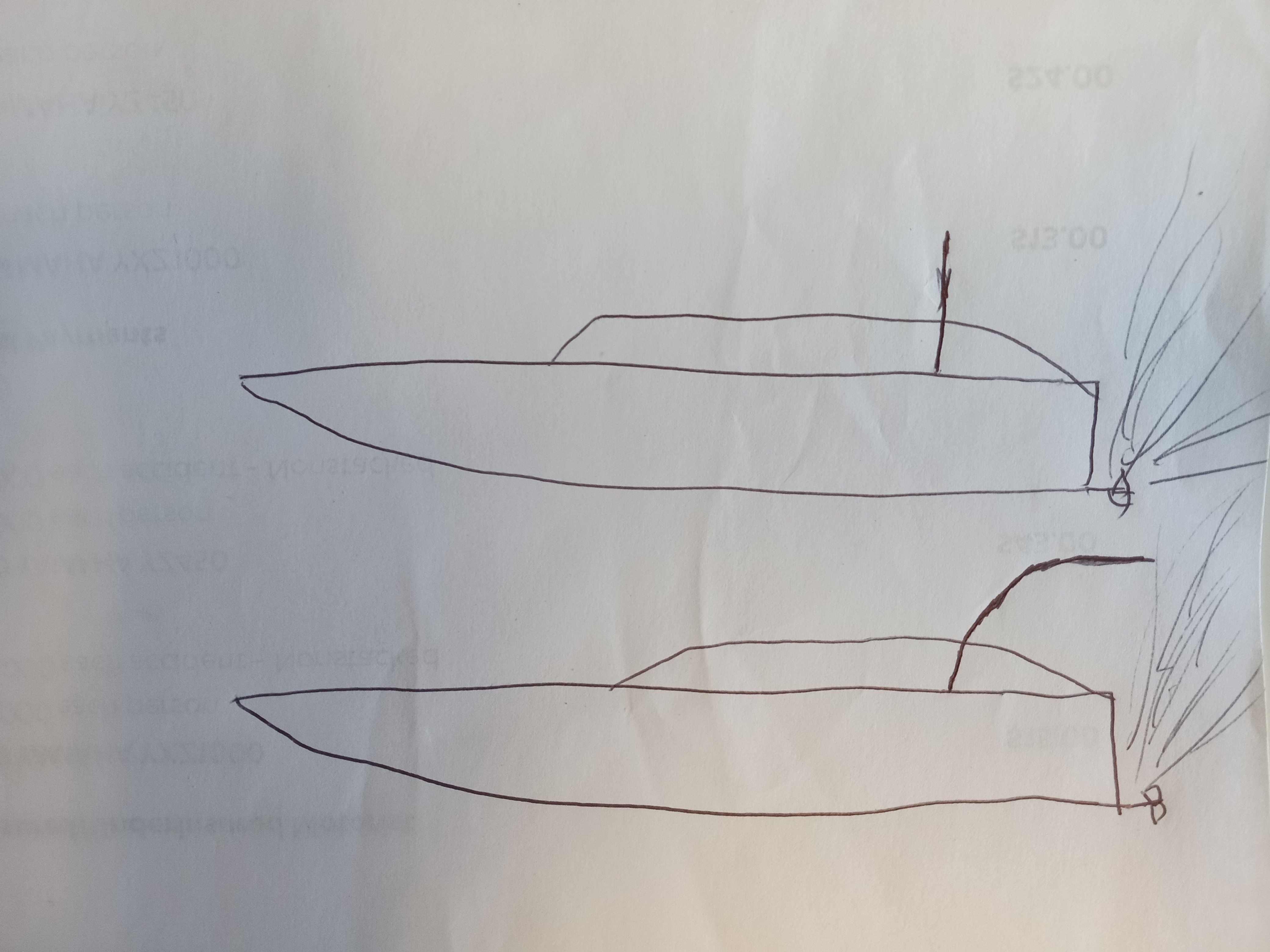Terry Keeley
Well-Known Member
- Joined
- Jul 24, 2002
- Messages
- 7,233
Ya, those switches are junk for our application. I ran them years ago, had one of them that wouldn't turn off so I opened it up and there's only one tiny contact point on a little teeter-totter mechanism that was all pitted & corroded.
I asked Gary Preusse about it as he was in that field and he said they are definitely not made to take the vibration we give them, slide type switches are, that's why all the major radio manufacturers use them.
I told Bill McGraw at Speedmaster about it and he immediately stopped selling them.
The manufacturers supply SPST slide switches, those Noble units are DPST, they're like running two switches in parallel.
I asked Gary Preusse about it as he was in that field and he said they are definitely not made to take the vibration we give them, slide type switches are, that's why all the major radio manufacturers use them.
I told Bill McGraw at Speedmaster about it and he immediately stopped selling them.
The manufacturers supply SPST slide switches, those Noble units are DPST, they're like running two switches in parallel.
Last edited:














































